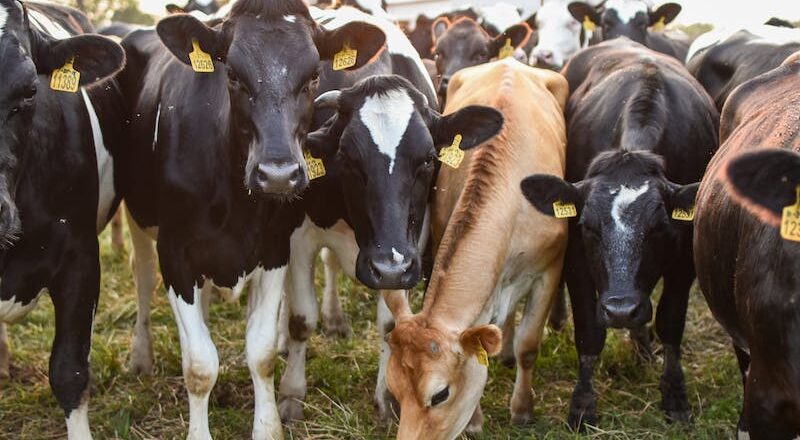
The main cuts of pork meat
Nothing is thrown away of the pig and its cuts confirm it. In fact, if we get to know them, we can see that every part of it, from ears to feet, is the protagonist of popular and much-loved preparations, such as typical salami or rich traditional recipes.
The finest cuts of pork are from the loin, which is the central part, behind the shoulders. The loin is the fattest and tastiest cut, which if cooked whole with all the bones, is named “arista”, to be baked whole in the oven. Or you can get appetizing chops with or without bone, which require quick cooking at high temperature. From the loin, you can get also cuts without bones or fat, obtaining a leaner but tender product, to be consumed as roast-beef, roasted or in thin slices, perfect for children.
From the loin you can also obtain the “capocollo”, a very tasty cured salami, not to be confused with the neck cut, included between the head and the pork loin. In fact, from the neck you can obtain, after trimming, the “coppa”, a fatty cut, perfect for barbecues in the form of thick steaks or skewers. If deboned and matured, instead, it is used for the production of the typical cured meat of the same name.
Ribs are also suitable for grilling, while another part of value is tenderloin or fillet, which is darker in color than the typical pink color of pork, lean but very tender and nutritious, to be burned quickly on the grill so as not to make it too much dry and stringy. The leg and the shoulder, very tasty cuts, are used to make hams, but also salami and mortadella. If bought fresh, they are perfect for roasts and stews. The famous cooked ham is obtained from the shoulder, derived from the harder muscle and therefore more suitable for the preparation of cooked products, such as cotechino, mortadella and hot dog. The rump steak from the shoulder is the most appreciated and tender part of the shoulder and it is used also for the production of raw salamis.
Pork belly is the front part of the rib which, due to its 25% fat percentage, is used together with the throat, cheek and lard for the preparation of cold cuts, including bacon. The throat and the cheek, rich in collagen, are also used to fill “cotechino” and “zampone”: the latter uses the animal’s empty legs as containers, which can also be eaten whole, boiled and well cooked, seasoned with salt and lemon. The hock or pork shank is the upper part of the legs, traditionally cooked whole in the oven, or cut into slices, obtaining the famous “ossobuco”.
In the final part of the loin there is a little-known part of the back, named end fillet, lean and excellent for small roasts or minced for meatballs and ragù, often left attached partly to the leg and partly to the loin. The “fifth quarter” contains the less noble cuts, but of excellent nutritional value, like the head, nose, ears, tail, tongue, the skin and the offal, which makes us understand how we really use everything about this animal.
Even the blood, in the past was used for the preparation of the traditional “sanguinaccio”, a black pudding from Napoli, obtained mixing together blood with dark chocolate and other ingredients. The tail, ears and nose, like the feet, are perfect parts to being boiled or breaded and fried, while the head can also be used whole, boiled for a long time to dissolve the collagen or to prepare a very tasty typical salami, called “soprassata” or “soppressata”, depending on the Italian regions. The tongue, like that of the veal, is typically boiled, corned or braised, accompanied by vegetables and green sauce. The skin of the pig is the pork rind, which peasant tradition wants along with pasta and beans, making a poor but very dense nutritious dish.
The heart, lungs, liver, kidneys and spleen are the offal, wrongly undervalued: in fact, they are a source of minerals and low-cost noble proteins, to be cooked for a long time to prepare a good sauté, a delight for superfine palates. In short, the pig is a sustainable animal par excellence: there is no waste, and all its parts are enhanced not only to produce cold cuts and sausages, but also to prepare ancient recipes of our tradition. It is also good to know that pork has always been part of the longest-lived populations diet, like Sardinians and people from Okinawa.





